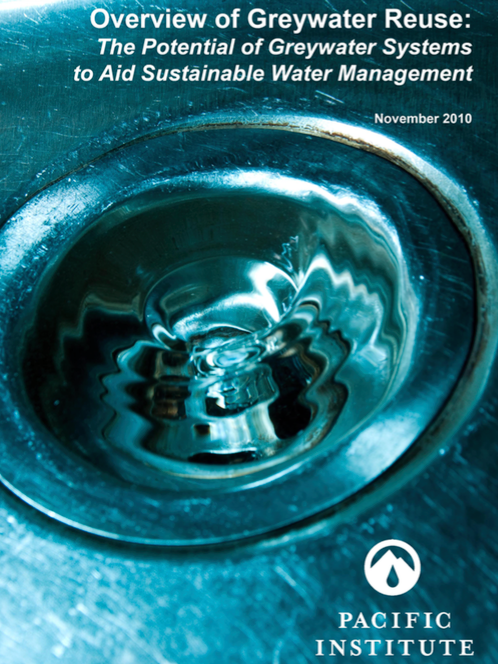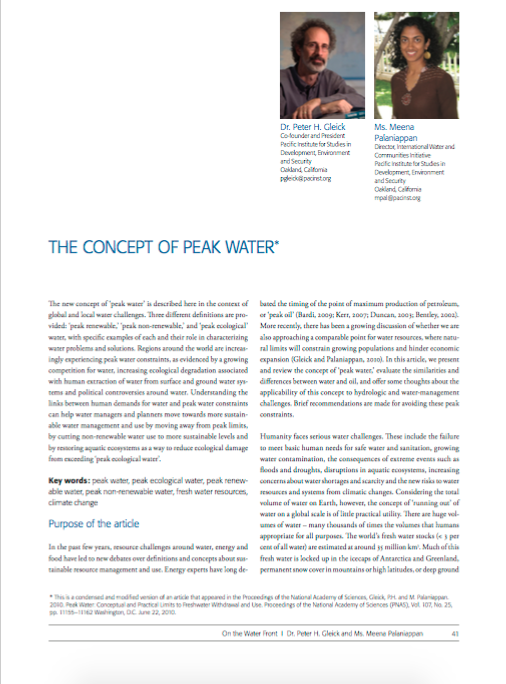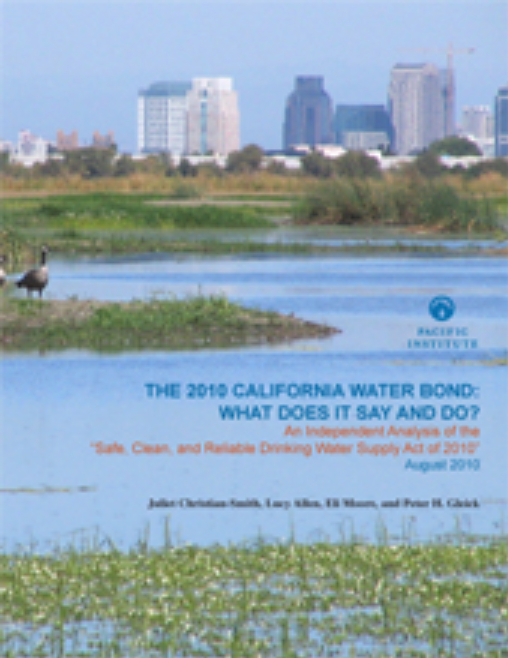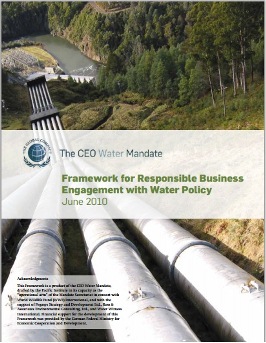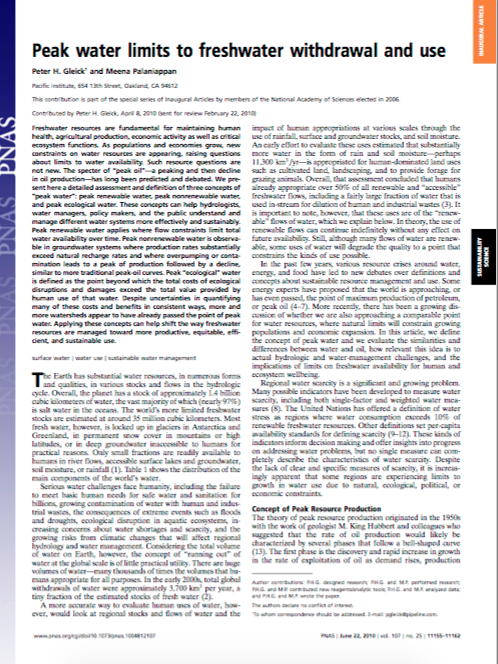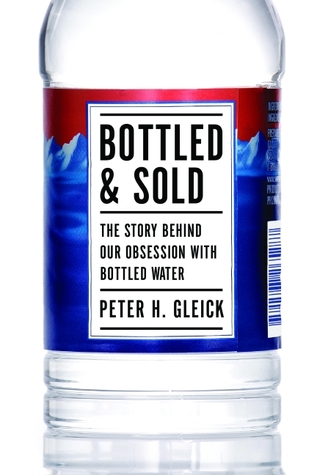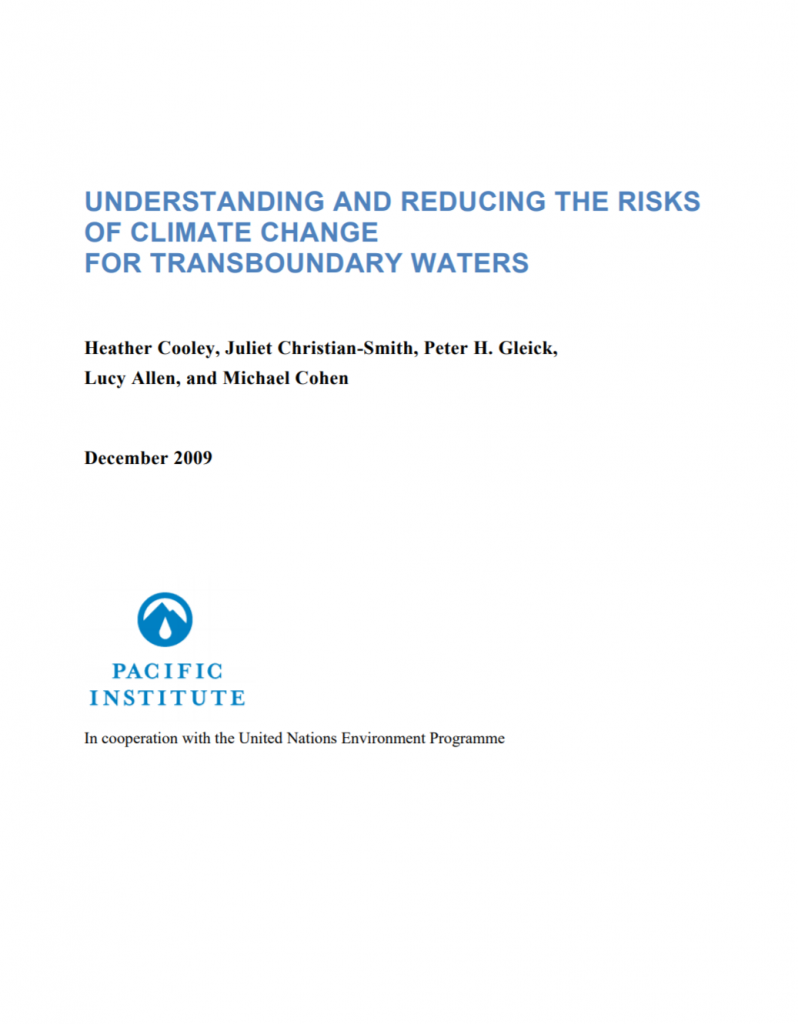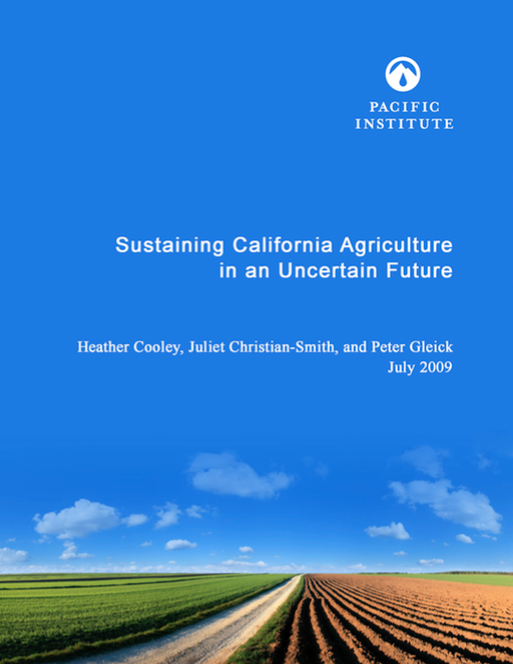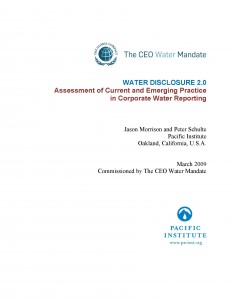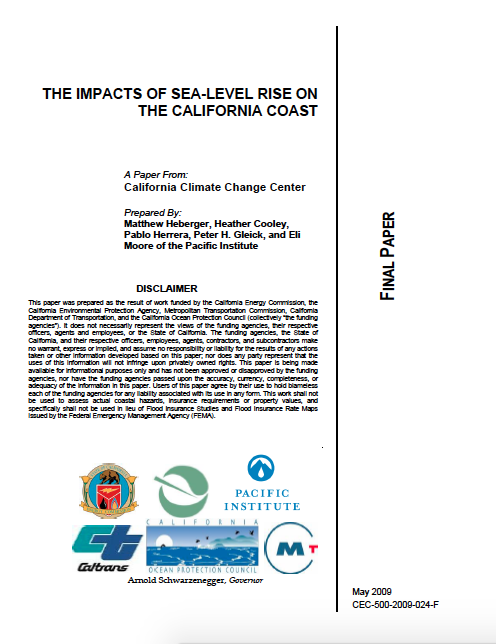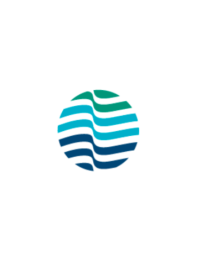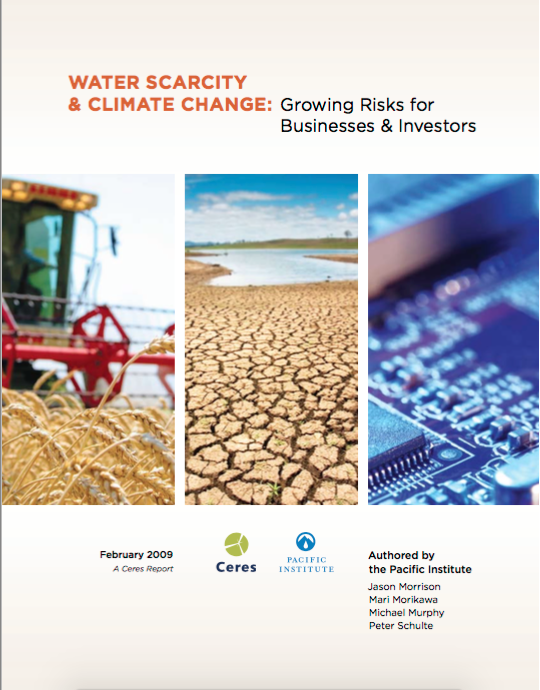Op-Ed: Another View: Busting Water Conservation Myths
As a solution for California’s complex water challenges, conserving water to get more from every drop stands out for its great potential and the misconceptions around it.
A recent op-ed column, “Putting two myths about the state’s drought to rest” (Viewpoints, July 6), repeated three misstatements about conservation that are often used to delay implementing strategies for more efficient water use. Until these misunderstandings are corrected, common-sense improvements will continue to be underfunded and inadequately pursued. The failure to use proven and cost-effective efficiency programs can be seen in the limited attention to conservation in the state water bond proposals and only modest efforts of some water agencies.





